
McCaul Butcher, PT, DPT
McCaul Butcher, PT, DPT
McCaul Butcher—Endometriosis Physical Therapist
Summary: McCaul Butcher, PT, DPT, is a dedicated endometriosis physical therapist at Indigo Physiotherapy in Fairfax, Virginia. She takes a full-body, all-encompassing approach to care, combining manual interventions such as soft tissue and myofascial work with education, exercise, and movement retraining. This comprehensive approach helps patients regain optimal function while addressing the complex nature of endometriosis. McCaul prioritizes evidence-based, person-centered care, tailoring treatment to each individual’s unique needs. With a deep understanding of both the diagnosis and the person behind it, McCaul Butcher supports patients through their healing journey with warmth and professionalism.
City: Fairfax, VA
Visit types: Office/Hospital
Spoken languages: English
Interpreting services for other languages: No

Erica Nikolaidis, PT, DPT
Erica Nikolaidis, PT, DPT
Erica Nikolaidis—Endometriosis Physical Therapist
Summary: Erica Nikolaidis, PT, DPT, is an endometriosis physical therapist at Indigo Physiotherapy in Fairfax, Virginia. Her philosophy of endometriosis care centers on a whole-body approach, combining yoga movements, breathing techniques, dry needling, visceral manipulation, and soft tissue therapies to address pain and dysfunction. Erica emphasizes internal assessment and treatment of pelvic floor musculature, which can significantly improve pelvic, lower back, and abdominal pain related to endometriosis. Additionally, she prioritizes postural and biomechanical movement correction to support long-term recovery and function. With a compassionate and comprehensive approach, Erica Nikolaidis helps patients regain mobility and improve their quality of life through personalized treatment plans tailored to each individual’s needs.
City: Fairfax, VA
Visit types: Office/Hospital
Spoken languages: English
Interpreting services for other languages: No
Philosophy of Endometriosis Care: As a practitioner, I value a whole-body approach when it comes to caring for a patient with endometriosis. I utilize several treatment strategies, including yoga movements, breathing techniques, dry needling, visceral manipulation, and other soft tissue techniques. I find that internal assessment and treatment of pelvic floor musculature can make a great difference for people experiencing pelvic, lower back, or abdominal pain due to endometriosis. I also prioritize postural and overall biomechanical movement correction as a part of the treatment plan.
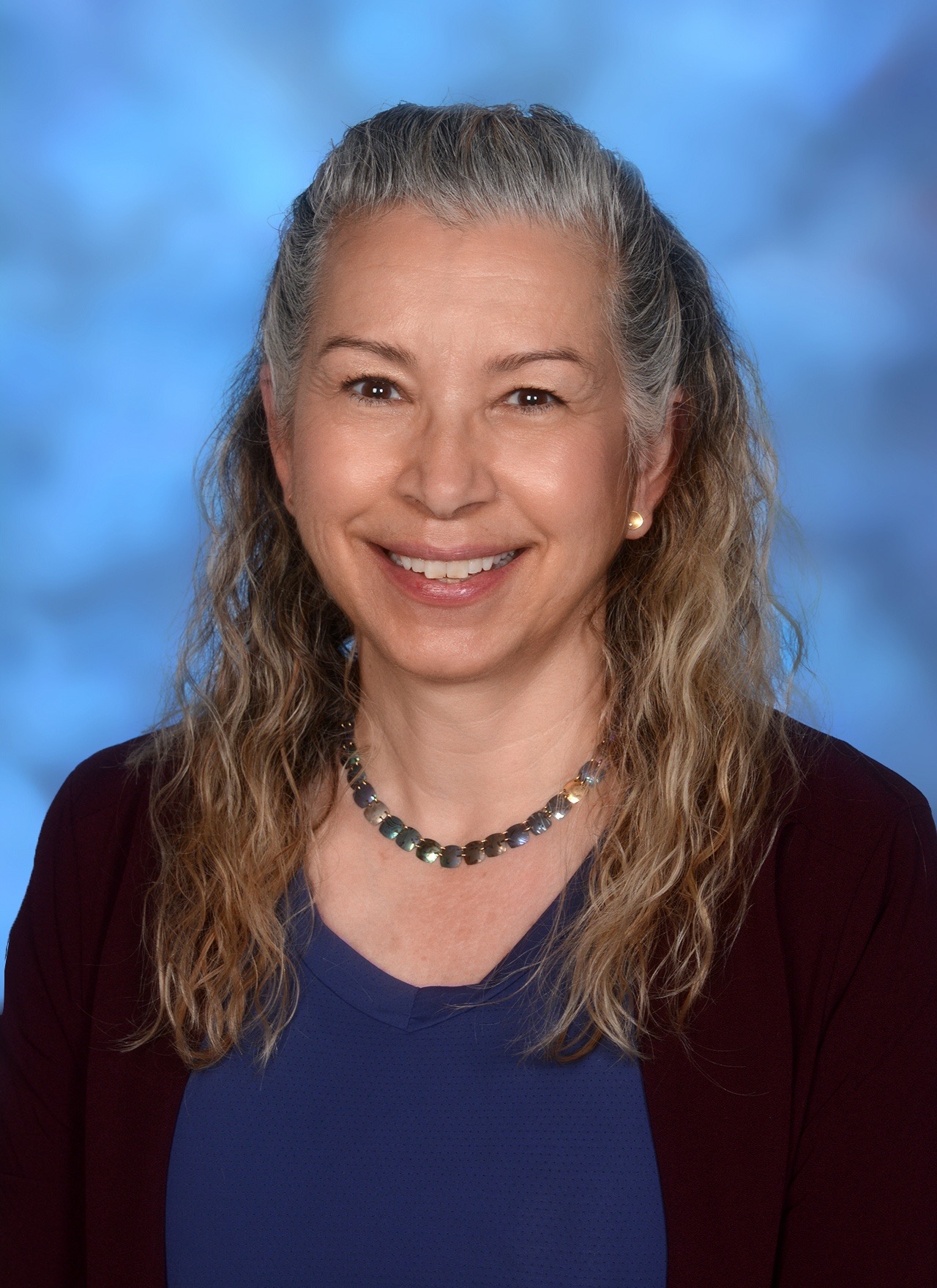
Mary Beth Thompson, PT, PRPC
Mary Beth Thompson, PT, PRPC
Mary Beth Thompson—Endometriosis Physical Therapist
Summary: Mary Beth Thompson, PT, PRPC, is an experienced endometriosis physical therapist located at Inova Alexandria Hospital in Virginia. Mary Beth Thompson uses a holistic, multidisciplinary approach to help patients manage the complexities of endometriosis. Her care includes hands-on techniques like myofascial release, visceral mobilization, and trigger point therapy, alongside nervous system regulation and patient education. Mary Beth Thompson sees herself as a “quarterback” in her patients’ care, helping them build a personalized team that may include acupuncture, massage therapy, nutrition guidance, and mental health support. Her goal is to empower patients to better understand their condition and feel confident in managing it long-term. With compassion and clinical expertise, she guides each individual toward greater well-being and improved quality of life.
City: Alexandria, Florida
Visit types: Office/Hospital
Spoken languages: English, all others via in-person or video interpretation
Interpreting services for other languages: Yes
What you should know about me:
Endometriosis requires a multidisciplinary approach to management. I utilize a holistic approach to patient care, including manual techniques (myofascial, visceral, trigger point), indirect manual, and central nervous system education and techniques. I view my role as a “quarterback” to a patient’s management, aiding in helping a client find their best “team”. I encourage other disciplines, including acupuncture, massage, dietitians, and therapists/counselors. I feel my role is to aid in “tossing the ball” to the patient to self-manage their chronic condition.

Brita Allgyer, PT, DPT
Brita Allgyer, PT, DPT
Brita Allgyer—Endometriosis Physical Therapist
Summary: Brita Allgyer, PT, DPT, is an experienced endometriosis physical therapist based in Great Falls, Virginia. At Pelvic Healing and Wellness Physical Therapy, She offers personalized, whole-body care designed to reduce pain, improve mobility, and support long-term healing. Her integrative approach includes visceral mobilization, myofascial release, yoga therapy, and joint mobilization. Brita Allgyer also uses cupping therapy, Graston technique, and deep breathing to ease tension, improve circulation, and calm the nervous system. She believes in empowering patients through education and hands-on techniques that address both the physical and emotional effects of endometriosis. Patients working with Brita can expect a warm, compassionate environment where their symptoms are heard and validated, and where healing goes beyond the pelvic floor to restore overall wellness.
City: Great Falls, VA
Visit types: Office/Hospital
Spoken languages: English
Interpreting services for other languages: No
What you should know about me: Visceral mobilization, myofascial release, yoga therapy, joint mobilization, cupping therapy, Graston, deep breathing
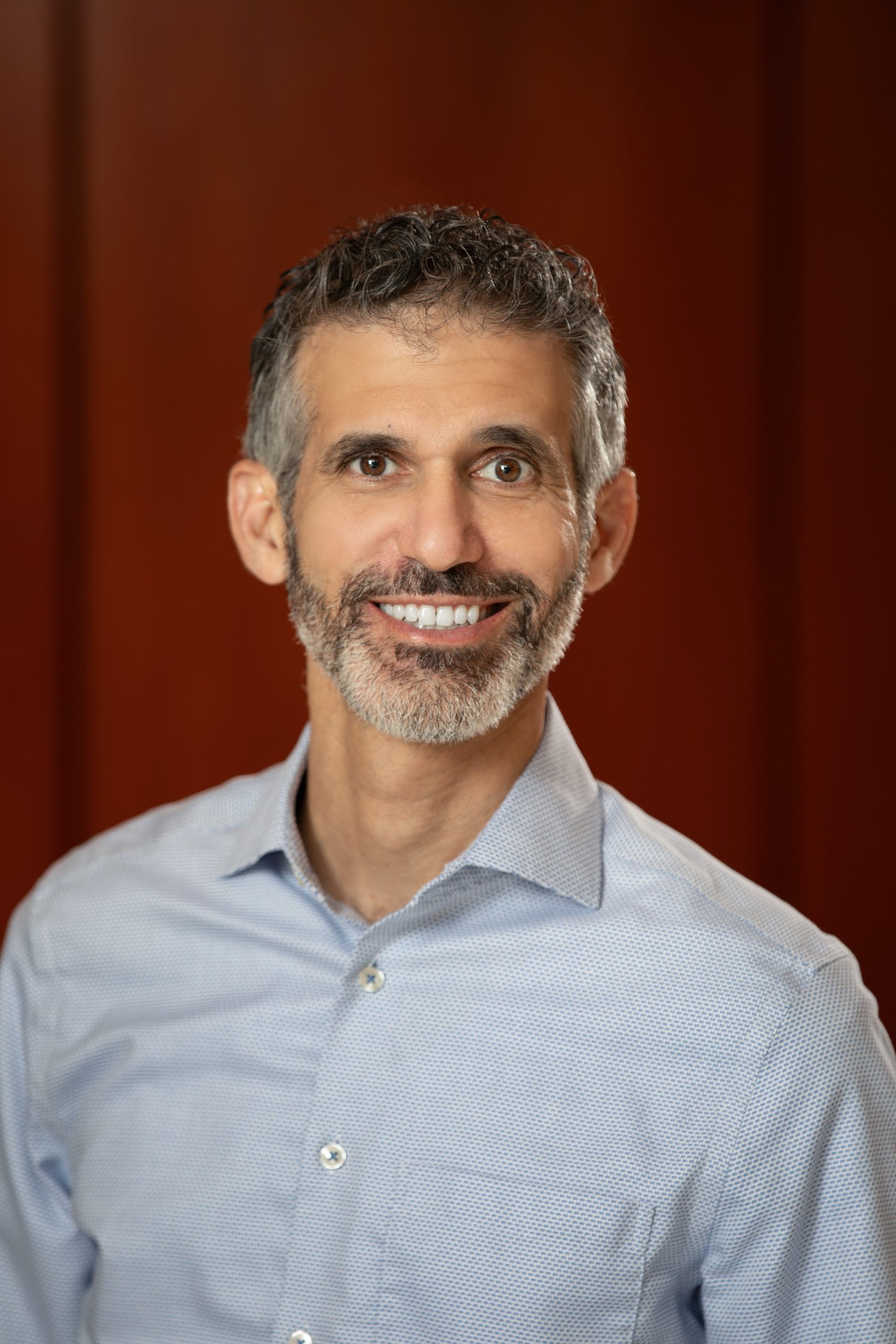
Dr. Kenneth I. Barron
Kenneth I. Barron
Dr Kenneth Barron – Gynecology & Minimal Invasive Surgery, Endometriosis Specialist.
Summary: Dr Kenneth Barron is a leading gynecologist and minimally invasive surgeon in Charlottesville, VA, specializing in endometriosis care and advanced fertility support, including IVF in Charlottesville VA. Known for his compassionate, patient-focused care, Dr Barron Charlottesville offers expert excision surgery and custom treatment plans for those navigating complex pelvic pain and fertility challenges.
Kenneth Barron MD approaches endometriosis with the precision of cancer care—targeting lesions with wide excision to reduce recurrence. He combines surgical expertise with hormonal therapies like high-dose progesterone and GnRH antagonists to support patients before and after treatment. When pain persists, he continues care by assessing for other pain sources such as nerve or myofascial issues. Patients seeking both endometriosis relief and fertility options turn to Dr Kenneth Barron for trusted, long-term support and highly specialized care in the heart of Charlottesville.
City: Charlottesville, Virginia
Philosophy:
Medication: Hormonal medications can be helpful for patients in controlling symptoms, preparing for fertility treatment, and anticipating surgery. Patients seek me out for surgical management when medicine fails. I often have patients try high-dose progesterone (norethindrone at 2.5 mg) if they have not before. I occasionally treat with GnRH antagonists in cases of nerve involvement, desire to shrink the disease before operating to reduce the risk of oophorectomy, and prolonged waiting for surgery.
I always continue to take care of my patients after surgery. There can be more than one pain generator coexisting with endometriosis. If pain persists post-operatively, I re-evaluate the patient for other sources of pain, if not already recognized pre-operatively, such as myofascial pain, neuropathic pain, primary uterine pain, or bowel and bladder-related pain.
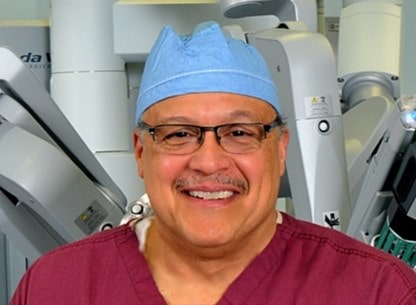
Dr. Chauncey Stokes
Dr. Chauncey Stokes
Dr Stokes OBGYN – Gynecology & Minimal Invasive Surgery, Endometriosis Specialist
Summary: Dr Stokes OBGYN is a respected gynecologist and minimally invasive surgeon based in Lansdowne, VA, offering expert care to patients facing endometriosis and chronic pelvic pain. As an experienced OB GYN in Lansdowne, VA, Dr Chauncey Stokes combines surgical skill with a deep understanding of the complex nature of endometriosis. Practicing near Virginia Heart in Lansdowne, Virginia, he performs advanced excision surgery and provides comprehensive, compassionate care.
Dr Chauncey Stokes believes emotional support is essential to long-term healing. He incorporates oral contraceptives, antiestrogen medication, antidepressants, and neuromodulators into his treatment plans, tailoring care to each patient’s needs. When pain persists after surgery, he evaluates psychological and lifestyle factors and may include dietary changes, counseling, and exercise. Dr. Stokes, OBGYN is committed to helping patients reclaim quality of life through thoughtful, individualized care and evidence-based therapies.
City: Lansdowne, Virginia
Philosophy: Please refer to the uploaded document for further discussion. In short, I believe that endometriosis starts with the early development of the embryo. We can operate and remove endo, but understanding the origin is still perplexing. With more genetic research, we may have better answers to the question. For now, extensive excision seems to afford the best relief in the short term. Long-term relief usually requires more aggressive surgical intervention. For most patients, they have had their children. For others, they have been so debilitated by the disease that they opt for aggressive therapy at the exclusion of childbearing. Emotional/psychological support during the management of this disease is crucial to success because of its chronicity.
What type of surgery do you perform for endometriosis?: Excision
Medication: Oral contraception, antiestrogen meds, antidepressants, gabapentin, and Lyrica. I typically offer the younger females a trial of oral contraceptives followed by antiestrogen medication. I will add antidepressants and neuromodulators as needed, especially if the initial regimen is not sufficient. Counseling and relaxation techniques are considered as an adjuvant to the medical therapy, just to get some relief
Approach to Persistent Pain After Surgery: I initially use a questionnaire to help determine if patients have had sexual abuse and other psychological factors that may play into the overall management. If they are positive, I may refer them out for further evaluation or before initiating medical treatment. I advise weight loss for those women with increased BMI. I try to avoid chronic pain clinics due to the concern about addiction. I have used them in the past when major meds for management have been unsuccessful. I have those who have used acupuncture, but the results have been unpredictable. Exercise can be beneficial, along with alterations in diet. I work with a nutritionist to assist with developing anti-inflammatory diets. The truth is that some of these patients are difficult to manage, and we have little left once we have exhausted surgical and medical treatments. The initial questionnaires do help us to delineate those who may be difficult to treat. We try to set expectations and promote small successes as a step in the right direction.
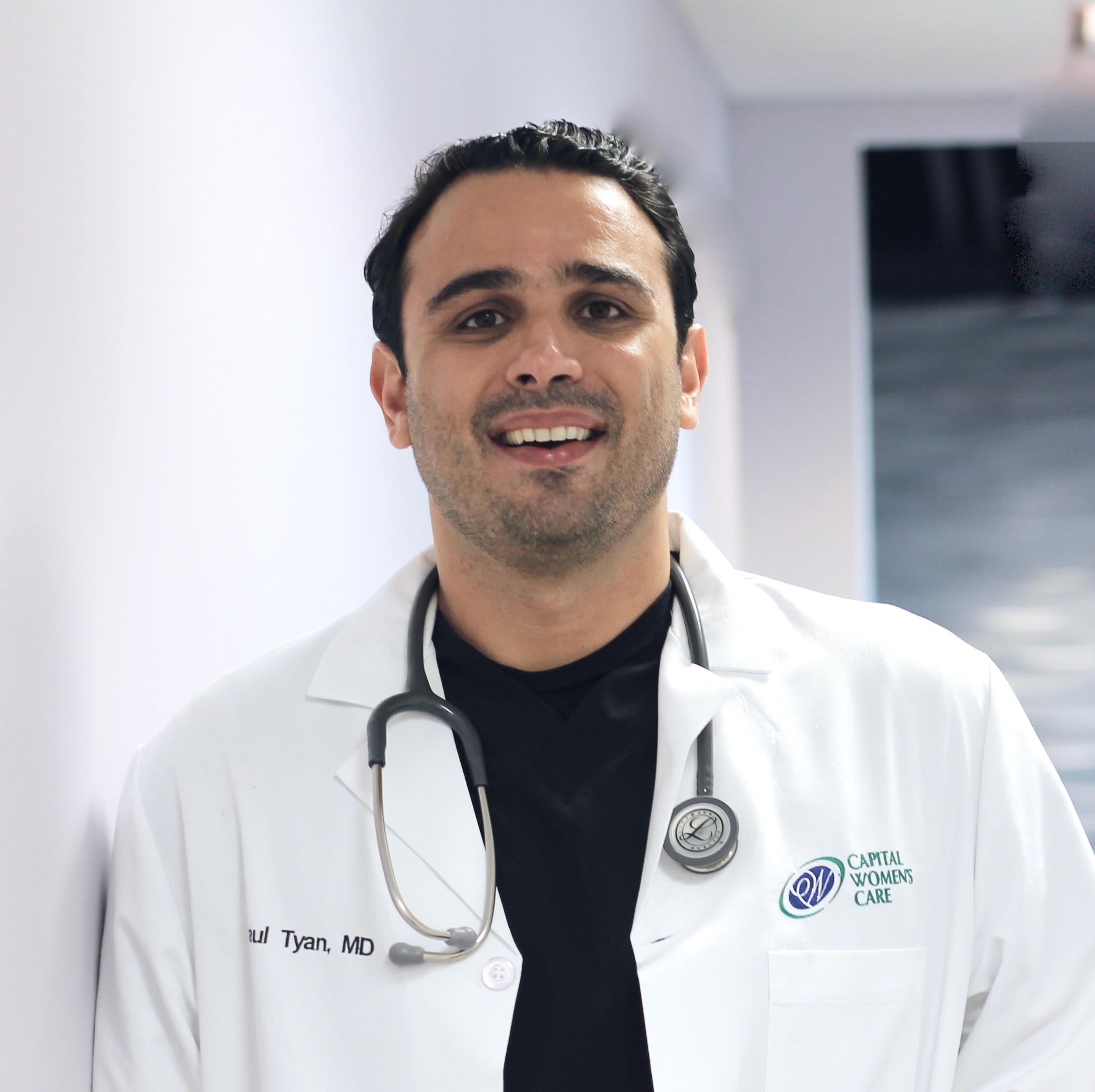
Dr. Paul Tyan
Dr. Paul Tyan, M.D.
Dr Paul Tyan – Endometriosis Specialist, Gynecologist, Minimally Invasive Gynecologic Surgeon
Summary: Dr Paul Tyan is a leading endometriosis specialist and minimally invasive gynecologic surgeon based in Arlington, VA. Known for his patient-centered approach and deep expertise, Dr. Tyan brings clarity and compassion to those navigating the complexities of endometriosis. Patients searching for experienced care often turn to Paul Tyan, or Dr Paul Tyan, for his commitment to evidence-based, individualized treatment plans. With a strong foundation in the latest research, including genetic and epigenetic insights, Dr Tyan endometriosis care emphasizes early intervention and holistic pain management.
He specializes in excision surgery and integrates hormonal therapies, physical therapy, and medication tailored to each patient’s needs. Whether you’re exploring treatment for deeply infiltrative endometriosis or managing persistent pain after surgery, Dr. Paul Tyan offers thoughtful, comprehensive support. With Dr Tyan endometriosis care, patients receive both advanced clinical knowledge and the compassionate guidance they deserve.
City: Arlington, VA, USA
Philosophy: In its most basic definition, endometriosis is the presence of endometrial cells (that form the inner lining of the uterus) outside the uterus. In some patients, those ectopic cells can produce an inflammatory response that is at the origin of various cascades that can lead to pain or scarring. There are multiple proposed theories about the origin of endometriosis. The only certainty is that the origin of endometriosis is multifactorial.
The retrograde menstruation or implantation theory is one of the initial principles of the pathogenesis of endometriosis;however, it has been challenged as the single cause for several years, as evidenced by the occurrence of symptomatic endometriosis in premenarchal and postmenopausal women. Also, by the fact that nearly all patients will have retrograde menstruation, but not everyone has endometriosis.
Most recently, we have had significant advances in the genetic and epigenetic theory of endometriosis. The clonality of endometriosis lesions and the cancer-driver genes that have been identified in deeply infiltrative endometriosis lesions shed light on the genetic component of the disease. Recent work on the epigenetic factors linked to external conditions affecting pluripotent cell behavior in the setting of endometriosis is a promising field set to unveil exciting information.
Keeping up to date with the intricacies of the pathogenesis of endometriosis is crucial to my clinical practice. Many patients will be counseled over the years that surgery is unnecessary at that blocking the menstrual cycle or hormonal suppression is sufficient for “curing” endometriosis. Explaining to patients the complex nature of the disease and the necessity of early intervention, especially in the deeply infiltrative endometriosis subtype, could be a crucial factor in decreasing morbidity and improving the quality of life of my patients.
What type of surgery do you perform for endometriosis?:
Excision
Medication: I recommend a combination hormonal contraceptive (birth control) for post-surgical suppression. In cases where a combination option is contraindicated, I recommend a progesterone-only option.
I recommend treatment with an SSRI, SNRI, or GABA-Analog for patients with central sensitization due to chronic pain secondary to endometriosis.
For patients with pelvic floor tension myalgia, I recommend physical therapy, various muscle relaxers, and trigger point injections or nerve blocks in warranted conditions.
Treatment plans tend to be individualized based on the patients’ presenting symptoms, surgical management, and postoperative course.
Approach to Persistent Pain After Surgery: For some patients, endometriosis excision is sufficient for complete symptomatic relief. However, some patients will still have symptoms after surgery. It is crucial to counsel patients before surgery that endometriosis excision is only one aspect of a comprehensive management plan that should involve central and peripheral pain management, pelvic floor physical therapy, and dietary modification.

Dr. Gaby Moawad
Dr. Gaby Moawad, MD.
Dr Gaby Moawad Md – Endometriosis Specialist, Gynecologist, Minimally Invasive Gynecologic Surgeon
Summary: Dr Gaby Moawad MD is a renowned endometriosis specialist and minimally invasive gynecologic surgeon based in McLean, VA. With a research-driven approach, Dr Gaby Moawad blends advanced surgical expertise with a deep understanding of genetic and epigenetic factors influencing endometriosis. Patients searching for expert care from Gaby Moawad MD will benefit from his commitment to holistic, personalized treatment that goes beyond surgery.
Gaby Moawad offers comprehensive management for chronic pelvic pain, combining surgical precision with hormonal therapy, pain desensitization, pelvic floor therapy, and integrative care like acupuncture and nutrition. Dr Gaby Moawad ensures each patient receives thoughtful, long-term support tailored to their fertility goals and symptom profile. His dedication to evidence-based care and whole-person healing makes him a trusted choice for those seeking lasting relief from endometriosis.
City: Mclean, VA, USA
Philosophy: Endometriosis has been considered for a century as implants of endometrial-like tissue outside the uterus either following retrograde menstruation into the peritoneal cavity or following hematological dissemination. This implantation theory is attractive as endometriosis looks histologically like the endometrium, as retrograde menstruation contains living cells that can implant, and as the fibroblasts from endometriosis or from the endometrium of women with endometriosis have an increased invasion capacity.
The implantation theory does not explain why endometriosis lesions develop in some women only, while retrograde menstruation seems to occur in most women. Some observations are difficult to explain by the implantation of endometrial cells following retrograde menstruation. The clonality of each endometriosis lesion, as described for deep and cystic and typical endometriosis, is more consistent with a G-E (genetic-epigenetic) incident related to intracellular aromatase activity resulting in intracellular estrogen production than to newly implanted endometrium. The implantation theory does not explain the occurrence of endometriosis in women without a uterus, and in men. It is more likely that deep endometriosis lesions can become symptomatic more than 10 years after menopause in the absence of increased circulating estrogen as a result of a G-E cellular incident than that implanted endometrium would suddenly start to develop. It should be realized that theories such as coelomic metaplasia, endometriosis originating from bone marrow/stem cells, Müllerian rests, tissue injury and repair, repeated tissue injury and repair, estrogen toxicity and traumatic induction are compatible with and can be considered today to require epigenetic changes.
Recently, the G-E theory of endometriosis was formulated as an update of the endometriotic disease theory. Endometriosis starts in the G-E theory, irrespective of the original cell when a cumulative combination of specific genetic and/or epigenetic cellular incidents exceeds a certain threshold. The inherited genetic and epigenetic incidents at birth explain the hereditary character of endometriosis. It remains unclear whether and how epigenetic changes are transmitted transgenerationally in endometriosis. The effects of minor G-E abnormalities remain clinically invisible because of the redundancy of molecular biological mechanisms in the cell, but they increase the risk of developing the disease when additional incidents occur. Additional incidents can occur during intra-uterine development because of the maternal environment and external factors, and during live mainly as mistakes during mitosis. Most G-E mistakes result in apoptosis of the cell if they cannot be repaired. Some minor incidents, however, do not cause cell death and are transmitted to the next generation of cells. These incidents are favored by mutagenic substances such as dioxins and other pollutants, radiation, or oxidative stress such as caused by retrograde menstruation or by infection or by the peritoneal microbiome. The dynamic and gradual aspect of these mistakes and their inheritance is important. The crosstalk between genetic and epigenetic mechanisms makes the cell vulnerable to new incidents, especially when the external circumstances are unfavorable. The cell thus becomes progressively more vulnerable to acquiring more mistakes, with some of them being cancer-associated mutations explaining the clonal expansion.
The G-E theory adds to the implantation and other theories that the onset of the disease requires a cumulative and triggering combination of G-E cellular incidents. With the G-E hypothesis, it seems logical to postulate that the specific set of G-E incidents will orient the development into clinically subtle, typical, cystic or deep lesions. A specific set of G-E incidents also explains that each type of lesion is heterogenous with variable aromatase activity, progesterone resistance, estrogen sensitivity and probably many other factors. Additional incidents occurring during further development result in endometriosis lesions which are probably also heterogeneous at the cellular level, as demonstrated for breast cancer.
After their triggered initiation, the lesions develop in an environment different from the uterus with different microbiota and different immunologic, endocrine and paracrine influences. The cyclic endocrine changes with eventual bleeding will moreover result in repetitive traumas which increase the risk of developing additional G-E incidents and ultimately fibrosis. Therefore, all theories emphasising trauma, immunology, the role of estrogen and peritoneal fluid retain their full importance for understanding the growth of endometriotic lesions.
Much of the many endometriosis-associated changes, such as changes in the endometrium and in the immunology can be viewed as a consequence of the inherited predisposition instead of being a consequence of endometriosis.
Although poorly understood, reversibility of epigenetic changes becomes more difficult when additional epigenetic incidents have occurred. When the associated genomic instability results in genetic errors, changes become irreversible.
Medication: OCP, Progestins including IUD, gabapentin, Lyrica.
OCP, Progestins are mainly used for suppression after excision
Gabapentin, Lyrica is used for central pain desensitization in preparation to or after surgical management especially for patients with chronic pelvic pain and amplified pain response
Approach to Persistent Pain After Surgery: Endometriosis excision surgery is only one part of the comprehensive approach to the management of endometriosis. Pain medicine has an important role in managing central pain and neuropathic pain, pelvic floor PT helps with myofascial pain associated with endometriosis, other ancillary services like nutrition and pain psychology, acupuncture has proven an added value in the management of endometriosis-associated conditions

Dr. Maria Victoria Vargas
Dr. Maria Vargas, M.D.
Victoria Vargas – Gynecologist, Minimally Invasive Gynecologic Surgeon
Summary: Victoria Vargas MD, also known as Dr. Vargas OBGYN, is a skilled gynecologist and minimally invasive gynecologic surgeon based in Washington, D.C. Specializing in endometriosis, Dr. Maria Vargas combines a deep understanding of the disease’s complex nature with a patient-centered approach to care. She emphasizes the multifactorial origins of endometriosis, incorporating the latest research, including the Mulleriosis theory, to offer individualized treatment options.
Dr. Vargas provides comprehensive care, including hormonal therapies like combined oral contraception and the levonorgestrel-releasing IUD, tailored to each patient’s needs. She also focuses on managing persistent pain post-surgery, offering non-narcotic solutions such as nerve blocks, acupuncture, and pelvic floor physical therapy. Whether through lifestyle recommendations or advanced surgical techniques, Dr. Vargas helps her patients improve their quality of life with personalized, holistic care.
City: Washington DC, USA
Philosophy: Endometriosis is a complex disease and its etiology appears to be multifactorial. Currently, Mulleriosis seems to be the most accepted theory of origin. Unfortunately, we still lack understanding about the full spectrum of the disease, which includes a self-sustaining, highly inflammatory environment with the capacity to promote its own nerve and blood supply. There seems to be a hereditary component, and increasingly, we are defining somatic mutations common to endometriosis lesions. Given the many unknowns regarding endometriosis, I focus my practice on ensuring patients understand the complexity of the disease and try to develop an individualized approach based on each patient’s preferences and circumstances.
Medication: Depending on my patient’s preferences and needs, I offer hormonal suppressive therapy, including combined oral contraception, oral progestin medication, and the levonorgestrel-releasing IUD. I typically recommend extended-cycle dosing or continuous dosing of oral medications to achieve amenorrhea. In some cases, when patients don’t have sufficient improvement with hormonal suppression or when they don’t tolerate or are opposed to hormonal suppression, I may also recommend NSAIDs, gabapentin, or SNRIs.
Approach to Persistent Pain After Surgery: I bring up the possibility of residual pain before the surgery takes place so patients understand that there may be ongoing treatment beyond the recovery from surgery. I follow patients closely after surgery to ensure that they are able to achieve a maximal improvement in quality of life. If residual pain is present, I consider the possibility of co-morbidities, such as pelvic floor dysfunction and painful bladder syndrome. When appropriate I refer to my colleagues in pelvic floor physical therapy, pain management, and urology. I do promote a focus on non-narcotic options for residual pain, such as nerve blocks, trigger point injections, acupuncture, and TENS therapy. I also encourage mindfulness and meditative practices. I utilize hormonal suppressive therapy when appropriate as well. Rarely, I discuss second-look surgery as an option. I find that the vast majority of my patients achieve a positive outcome with this approach.

Shaista Ambreen, PT, DPT
Visit types: Office/Hospital
Philosophy of care and typical treatment strategies:
I believe PT can play a greater role in treating endometriosis patients. We can apply many techniques to overcome the issues related to Endometriosis.
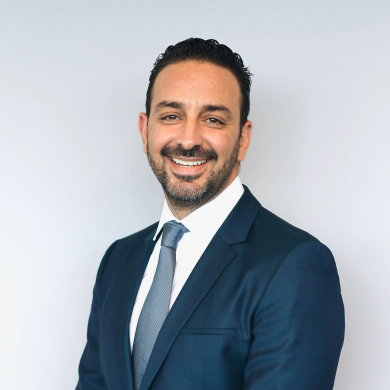
Dr. Nadim Hawa
Dr. Nadim Hawa, M.D.
Dr Nadim Hawa – Endometriosis Specialist, Minimally Invasive Gynecologic Surgeon
Summary: Dr Nadim Hawa is an experienced endometriosis specialist and minimally invasive gynecologic surgeon based in Leesburg, VA. Known for his compassionate and individualized care, Dr. Hawa is committed to helping patients find lasting relief from endometriosis. Whether you’re searching for Dr Hawa OBGYN or learning more about Dr Hawa endometriosis expertise, his approach combines surgical precision with long-term support.
Dr Hawa believes endometriosis has diverse origins, which is why he tailors treatment plans to each patient’s specific condition. While medications may ease symptoms, he emphasizes that they don’t address the root of the disease. Instead, he focuses on complete excision surgery and often integrates pelvic floor therapy to improve outcomes. As both a skilled surgeon and dedicated partner in care, Dr Nadim Hawa offers a comprehensive approach to managing endometriosis with the goal of restoring quality of life.
City: Leesburg, VA, USA
Philosophy: Multiple factors. Combination of in Sito development and endometrial transplantation. I do not believe there is only one type of endometriosis. Different origins hence different differentiation, behavior, and clinical impact. Same as fibroid. Why you have one solitary fibroid vs the bag of marbles of a uterus. Different gene expression and different behavior.
Medication: Medication and hormonal suppression serve only to relieve symptoms but not treat the disease. By stopping the dynamic motion of the uterus with suppression, you limit the superficial peritoneal inflammation and cause symptomatic relief, but you will not affect the deep lesions. since they produce their own estrogen and pro-inflammatory mediators. .I use IUD and usually insert intraoperatively after the excision surgery if the patient e desires birth control. GnRH agonist/antagonist are harmful and I do not use them
Approach to Persistent Pain: Surgery alone is not enough. Pelvic floor therapy is as important as surgery, for long term recovery.
A second excision is usually advised.

